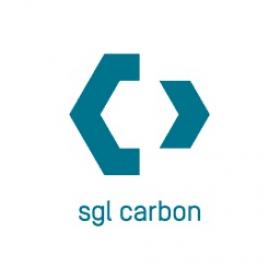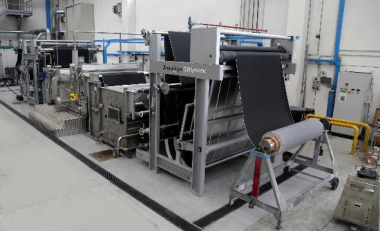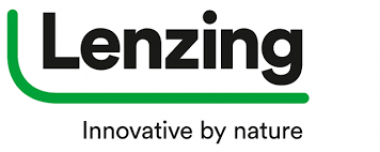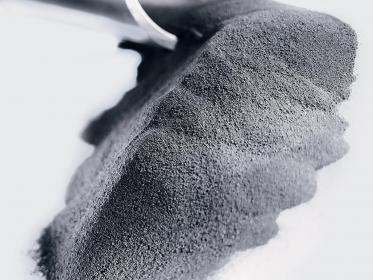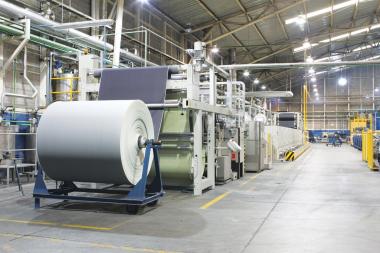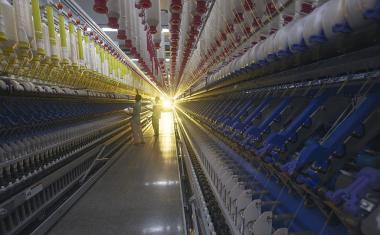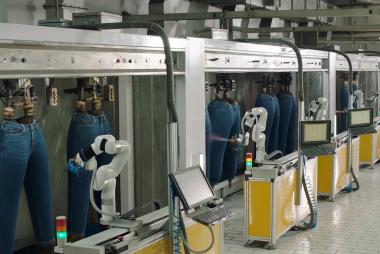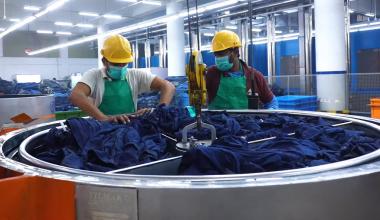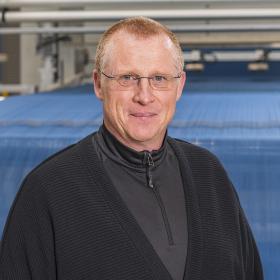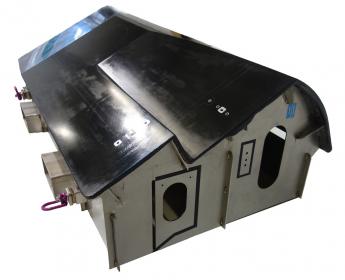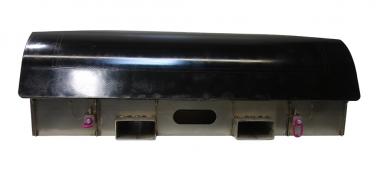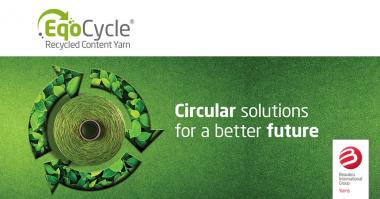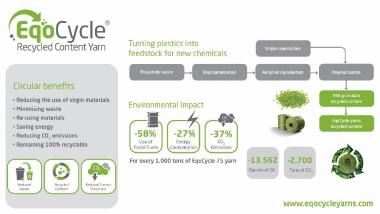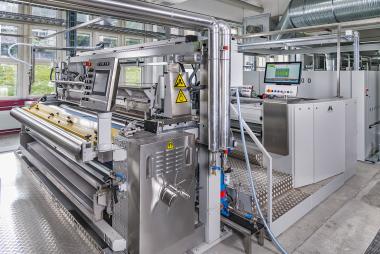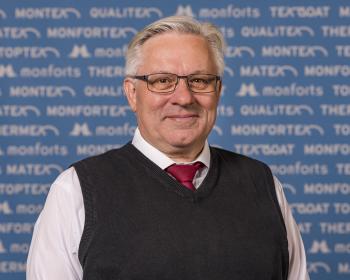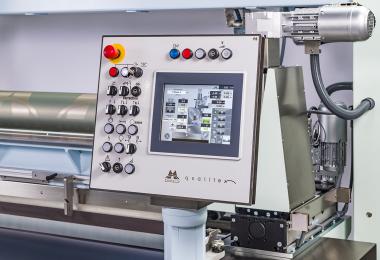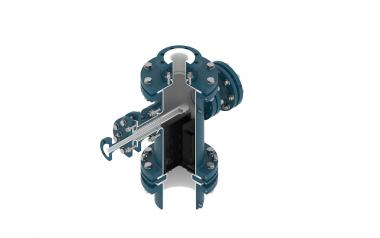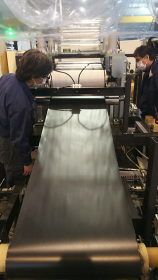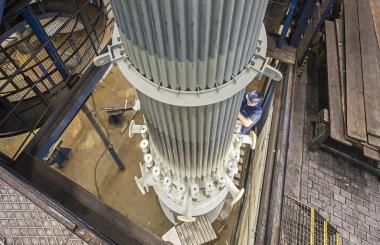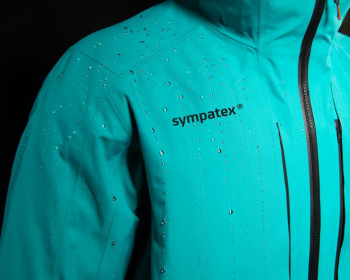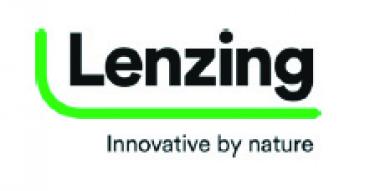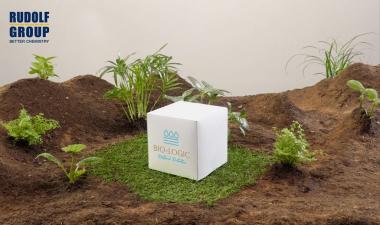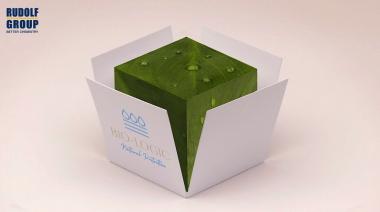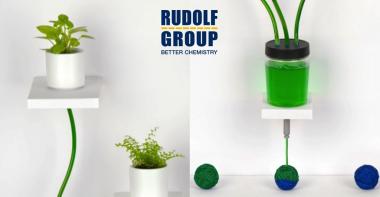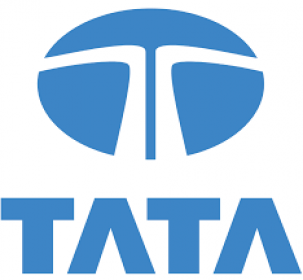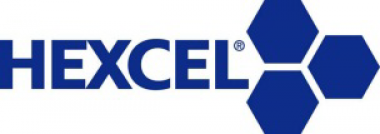SGL Carbon Coronajahr 2020
SGL Carbon reagiert mit konsequenten Gegenmaßnahmen auf die Krise und stößt umfangreiche Transformation an – stabiles EBIT vor Sondereinflüssen und deutlich positiver Free Cashflow im schwierigen Coronajahr 2020
- Konzernumsatz 2020 bei 919,4 Mio. € und damit um 15 % unter dem Vorjahresniveau
- Nettoergebnis wegen Wertminderung bei CFM und Restrukturierungsaufwendungen bei minus 132,2 Mio. € (Vorjahr: -90,0 Mio. €)
- EBIT vor Sondereinflüssen mit 50,2 Mio. € leicht über Vorjahr (48,4 Mio. €)
- Operatives EBIT vor Sondereinflüssen und Einmaleffekten mit 19,5 Mio. € leicht über den Erwartungen
- Free Cashflow mithilfe von strengen Investitions- und Ausgabenbegrenzungen sowie Einmaleffekten deutlich gesteigert um 91,0 Mio. € auf 73,7 Mio. €
- Nettofinanzschulden trotz Kaufpreiszahlung für Carbonfaserwerk in Moses Lake geringfügig reduziert auf 286,6 Mio. €
- Restrukturierungs- und Transformationsprogramm: bis 2023 jährlich wiederkehrende Einsparungen in Höhe von mehr als 100 Mio. € avisiert, davon bereits 40 Mio. € im Geschäftsjahr 2020 erzielt
- Prognose für 2021: Umsatzerlöse zwischen 920 und 970 Mio. €, bereinigtes EBITDA bei 100 bis 120 Mio. € (2020: 92,8 Mio. €)
Die Corona-Pandemie hatte im Geschäftsjahr 2020 einen wesentlichen Einfluss auf die Geschäftsentwicklung der SGL Carbon. Auch wenn die Produktion bei der SGL Carbon dank effektiver Hygiene- und Schutzmaßnahmen zu keinem Zeitpunkt heruntergefahren werden musste, war das Unternehmen mit einer deutlich reduzierten Nachfrage konfrontiert. Während für das Berichtssegment Composites – Fibers & Materials (CFM) eine Nachfrageerholung zum Jahresende festzustellen war, hat sich die Nachfrage im Berichtssegment Graphite Materials & Systems (GMS) bis zum Jahresende nur wenig belebt. Der Konzernumsatz lag 2020 bei 919,4 Mio. € und damit um 15 % unter dem Vorjahresniveau (2019: 1.086,7 Mio. €). Wegen einer Wertminderung bei CFM sowie durch Restrukturierungsaufwendungen betrug zudem das Nettoergebnis minus 132,2 Mio. € nach minus 90,0 Mio. € im Vorjahr.
Prognose: Entwicklung des Konzerns
Nach dem starken wirtschaftlichen Einbruch im Jahr 2020 gehen wir davon aus, dass das Geschäftsjahr 2021 von einer moderaten Erholung geprägt sein wird. Die Umsatzerlöse sollten über dem Vorjahresniveau (2020: 919,4 Mio. €) in der Spanne zwischen 920 und 970 Mio. € liegen. Für das bereinigte EBITDA erwarten wir eine Verbesserung auf 100 bis 120 Mio. € (2020: 92,8 Mio. €). Hier werden sich insbesondere Einsparungen aus den eingeleiteten Restrukturierungsmaßnahmen positiv widerspiegeln. Nach einem Konzern-Jahresfehlbetrag der fortgeführten Aktivitäten von 132,9 Mio. € im Geschäftsjahr 2020, der primär auf Wertminderungen bei CFM und die Restrukturierungsaufwendungen zurückzuführen ist, dürfte sich das Nettoergebnis (fortgeführte Aktivitäten) im Jahr 2021 deutlich verbessern und im Bereich zwischen minus 20 Mio. € und einem ausgeglichenen Ergebnis liegen.
SGL CARBON SE


